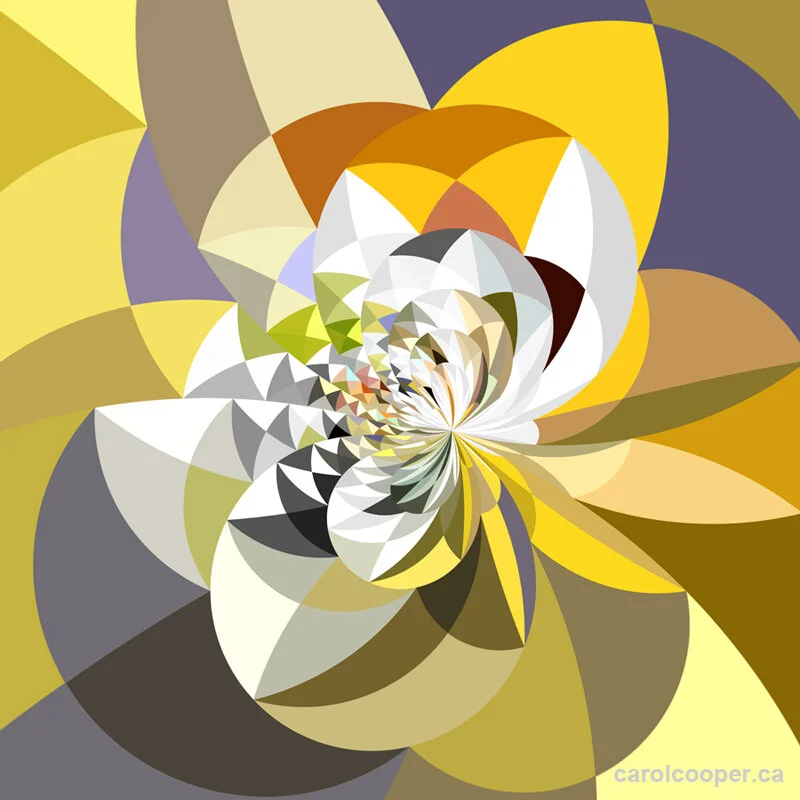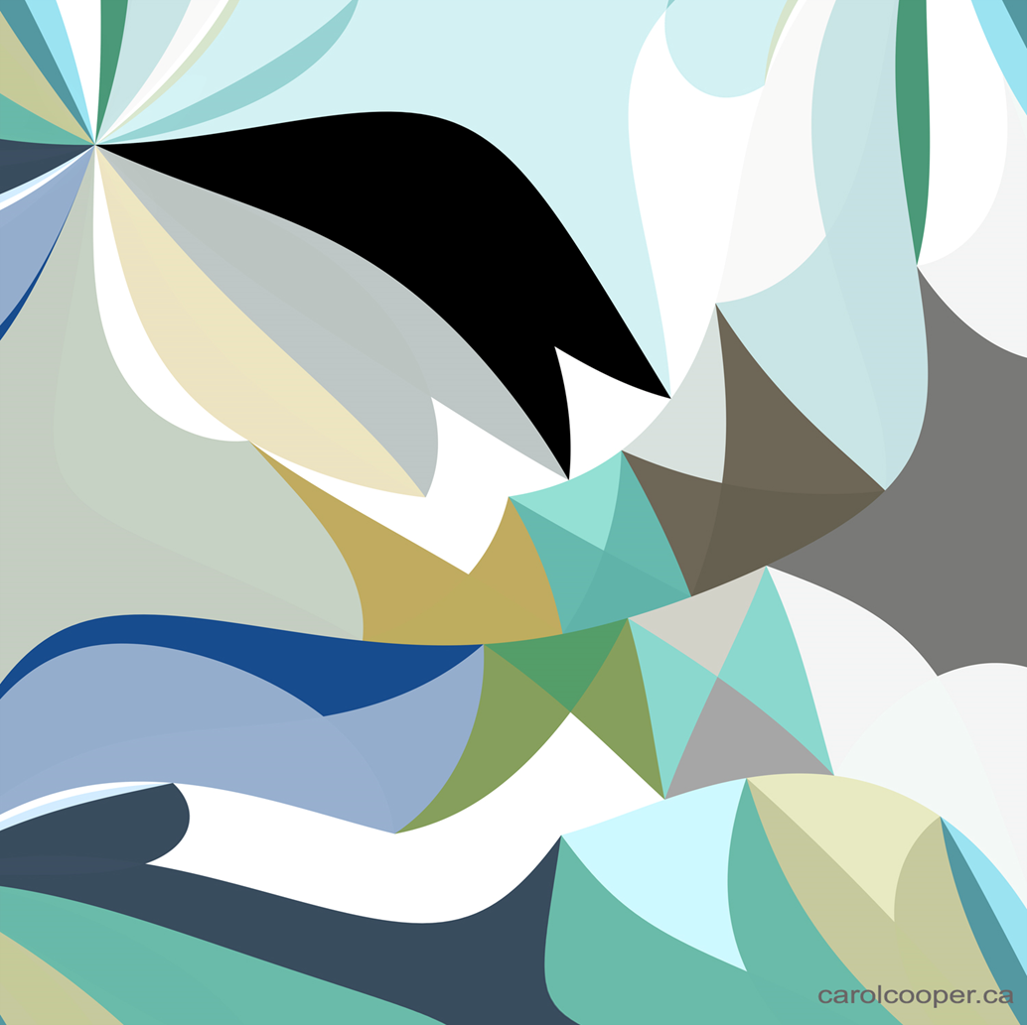Carol Cooper
Démarche Artistique
« Pour moi, parler français me rappelle mes racines québécoises.»
Ma principale priorité en tant qu'artiste est de créer de l'art, de le partager et d'encourager les autres à explorer leur propre créativité. Mon travail est un mélange d'art visuel contemporain axé sur l'abstraction géométrique et l'art génératif (fractales), créé à l'aide de médias numériques depuis 2003.
Ma nature curieuse guide mon art. J'apprends continuellement en créant, posant de nombreuses questions et écoutant d'autres points de vue. Observer le monde non seulement à travers mes yeux, mais aussi ceux d'autres personnes et artistes du passé (10 ou même 100 ans) joue un rôle important dans mon œuvre. Le contexte historique offre une perspective précieuse sur le passé, des indices sur le présent et un aperçu du futur.
J'embrasse la technologie numérique et j'apprécie la liberté d'esprit qu'elle procure lors de la création abstraite. J'ai hâte de continuer à grandir en tant qu'artiste et de laisser ma marque.
Réflexion sur le Thème de l'Exposition : « La frontière de la langue »
Lorsque j'ai découvert le thème de l'exposition, j'ai été confrontée à de nombreuses réflexions sur la manière d'aborder et de visualiser mes idées, d'autant plus que je travaille dans l'abstraction. Mais j'adore les défis !
Pour clarifier, le français est ma langue seconde, apprise grâce à ma mère et à la formation continue. Bien que je ne sois pas entièrement bilingue, cela ne m'empêche pas de tenter de communiquer avec les francophones de ma communauté et à l'étranger.
La langue est l'outil de communication le plus important, mais elle peut aussi être une barrière courante, empêchant l'échange de messages simples et clairs. Des mots comme sous-titres, interprétation, traduction, langage universel, et même l'idée de la nourriture comme langage me sont venus à l'esprit. Comment interagir et communiquer avec quelqu'un qui ne partage pas notre langue ou dont le dialecte ou l'accent rend la compréhension difficile ?
J'ai récemment vécu une expérience de barrière linguistique à l'étranger. Cela m'a montré comment une barrière peut rapidement se transformer en pont linguistique si elle est identifiée immédiatement. En répondant à un collègue, j'ai involontairement omis un mot crucial, mais la correction rapide a évité une situation embarrassante.
J'ai donc décidé de créer des œuvres qui explorent cette idée de transformer une barrière linguistique en un pont linguistique, ma propre interprétation abstraite.
« Si les langues étaient de couleurs différentes, les barrières pourraient-elles être mélangées et les frontières transparentes ? »
Carol Cooper: Artistic Approach and Reflection on "The Language Border"
Artistic Approach
"For me, speaking French reminds me of my Quebec roots."
My main priority as an artist is to make art, share my art, and encourage others to explore their own creativity through art. My work can be described as a mélange of contemporary visual art focusing on geometric abstraction and generative art (fractals), created using digital media since 2003.
My art is guided by my curious nature. I am continually learning as I create, asking many questions, while also listening to other perspectives on a given topic. Looking at the world around me not only through my eyes but through the eyes of other people and artists who lived 10 or even 100+ years ago plays an important role in my art. Historical context provides great insight into all things past; it also holds clues to present-day life and possibly gives insight into life in the future.
I embrace digital technology and love the free-spirited feeling derived when creating abstractly. I look forward to continually growing as an artist and leaving my marks along the way.
Reflection on the Exhibition Theme: "The language border"
When I first read about the chosen theme for the exhibition, I was confronted with many thoughts of how to approach and try to visualize my ideas, especially since I work in the realm of abstraction. But I love being up for a good challenge!
To clarify, French is my second language, taught to me by my mother and through continued education. I am not fully bilingual, but that does not hold me back from trying to reach out and communicate with people who speak French in my community and abroad.
Language is the most important tool of communication, however, at the same time it can be a common barrier which prevents people from exchanging simple, clear and accurate messages with one another. Words that came to mind were subtitles, interpretation, translation, universal language, and perhaps the use of food as language? How do we interact and communicate with a person who does not share a common language with us or whose dialect and/or accent is different from our own and makes it difficult to understand them?
I recently experienced a personal language barrier of my own while I was overseas. It gave me insight into how a language barrier might be easily transformed into a language bridge when immediately identified. I was replying to a statement made by a colleague and inadvertently omitted a word in my sentence which would have completed my thought correctly. The colleague immediately noticed this omission and I just as quickly corrected my sentence, averting a somewhat embarrassing situation.
I’ve decided to create artworks that explore the idea of how to transform a language barrier into a language bridge, my abstract interpretation.
“If languages were different colours, could barriers be blended and borders be transparent?”
Carol Cooper
Instagram : @carolcooperarts
Site Internet : www.carolcooper.ca








